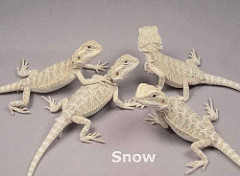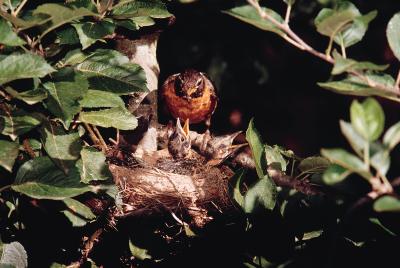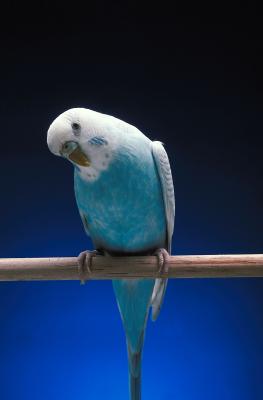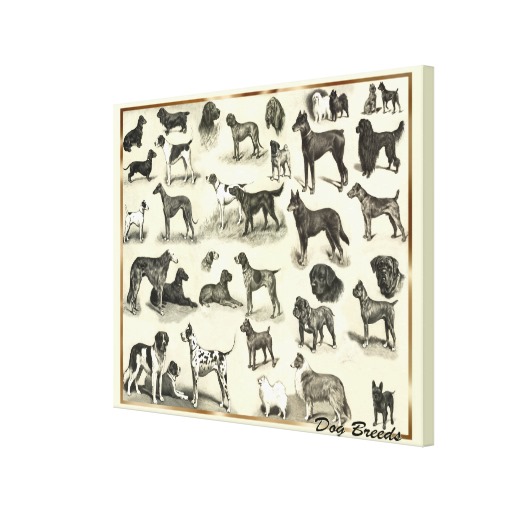
The budgerigar or parakeet has a great following around the world. These little birds are easy to keep, will learn to talk and are not nearly as noisy or as much trouble as some of the bigger parrot species.
In their natural habitat in the outback of Australia, budgies are green and yellow with black scallop markings on the wing, nape and back feathers. Breeders have now developed a great range of colours and there is much interest in showing and exhibiting these birds.

Budgerigars are relatively easy to breed in captivity and once you become involved with breeding the birds, the next step is to try to breed the best you can. If you have a competitive nature, you'll want to try your hand at showing. Being successful at shows will raise the price you can ask for your excess birds and will give you a guide as to how your birds compare to the best.
It is a good idea to attend a few shows first with an eye to learning the process. If you already belong to a club, the members there will be able to help with information. Maybe your club already has small shows which are restricted to birds belonging to members. This type of show is ideal for the beginner. Naturally rules and regulations vary from country to country but, unlike cat and dog shows, it is the breeder who is graded in the budgie world. A new exhibitor is a 'beginner' either for a certain amount of time or until they have amassed a certain number of wins. The next level is novice, then intermediate and finally champion breeder. Classes are normally available for each level.
Classes can vary from classes for birds of a single colour series, for a sexed colour (eg green hen) or for birds under, say, a year old. The national society or club sets the standard of points against which the bird is judged. Some points taken into account when judging include condition, size, head, body, colour, throat spots and tail. Birds are judged in private with rosettes and awards being attached to the cages by the stewards before the public are admitted to the hall.

The national body will have specifications for special show cages. These ensure that all birds are judged in the same environment and also aids in staging the cages for show. Seed and water is allowed in the show cage which are available from specialist suppliers and sometimes from the clubs themselves.
Preparing a bird for a show starts many weeks before the show date. Needless to say, strict attention should be paid to hygiene whether you are showing or not. This is the only way to avoid diseases.
Experience will help gauge how much time is needed to get a bird in peak show condition. Potential exhibits should spend time in a show cage from an early age. Start for short periods and lengthen the time gradually. The birds should be very fit so allow them as much free flying time as possible.
Good plumage plays a large part in the exercise. Long tail feathers that have become bent can often be straightened by dipping the offending feathers in hot water. Don't let the water touch the bird's body. If this doesn't work, remove with feather with a quick pull. Similarly there may be a wing feather that refuses to lie flush to the wing. Replacement feathers take four to six weeks to grow. The rules of the society generally allow throat spot feathers to be plucked so that the main ones are clear.
Light coloured birds can be shampooed. Hold the bird carefully in one hand and apply the shampoo with the other. Make sure the shampoo doesn't get in the birds' eyes and rinse the shampoo out thoroughly. Put the bird in its cage in a warm place to dry so it doesn't catch a chill. It will take a few days of preening for the bird to spread its natural oils back into the plumage so allow for this when deciding when to shampoo.
Dark birds can be given a light spray with lukewarm water. Check the claws and trim if necessary. Spruce up the show cage if there are any chips or markings.
Exhibition budgies no longer have much in common with their wild counterparts or even with pet budgies. The show bird is larger, the forehead is more pronounced and the throat spots usually larger. It has an impressive bearing which may be absent in more 'common' birds. Birds of recent colour mutations are often not of such high quality as the more established colours.
If you wish to exhibit, there is little point in trying to upgrade pet birds. Get some good birds from a reputable exhibitor and then try to improve on the standard. There are nearly as many ways of starting off as there are budgies and fellow competitors will probably all have advice to give. One way is to buy a cock and two hens from one breeder and two cocks and a hen from another. This gives three pairs and a good mix of unrelated birds. You might want to keep one strain from each breeder pure and crossmate the other two.
Keep good records of matings. Ruthless culling is necessary. You are trying to eliminate weak points and strengthen good points. You cannot add a gene which isn't present (and it may be masked) which is why it is a good idea not to get all your birds from one strain. Try as many combinations as possible, record the results and try to build up a picture of which birds are passing on which traits. If you are able to isolate a bird which passes on a fault, get rid of it. Only pair your best birds. Don't add new stock too often (if at all) as it only increases the number of variations that you will have to deal with.
The task of improving breeding stock is long and sometimes frustrating but it also becomes very intriguing. There will be immense satisfaction as you see your birds becoming better and more successful thanks to a well-thought-out breeding programme.
 Uncovering Swift Plans For Alligator
Alligators include the most dangerous with the exotic pets.
Uncovering Swift Plans For Alligator
Alligators include the most dangerous with the exotic pets.
 How to Help Baby Birds That Have Fallen Out of the Tree
How to Help Baby Birds That Have Fallen Out of
How to Help Baby Birds That Have Fallen Out of the Tree
How to Help Baby Birds That Have Fallen Out of
 How to Kill Mites in Caged Birds
How to Kill Mites in Caged Birds
How t
How to Kill Mites in Caged Birds
How to Kill Mites in Caged Birds
How t
 Pet Varieties That Dont Drop
Aside from serious behavioral problems, such as aggression,
Pet Varieties That Dont Drop
Aside from serious behavioral problems, such as aggression,
 Choosing What Type of Chicken Coop You Require
It all depends on your requirements and the nu
Choosing What Type of Chicken Coop You Require
It all depends on your requirements and the nu
Copyright © 2005-2016 Pet Information All Rights Reserved
Contact us: www162date@outlook.com